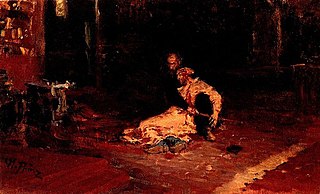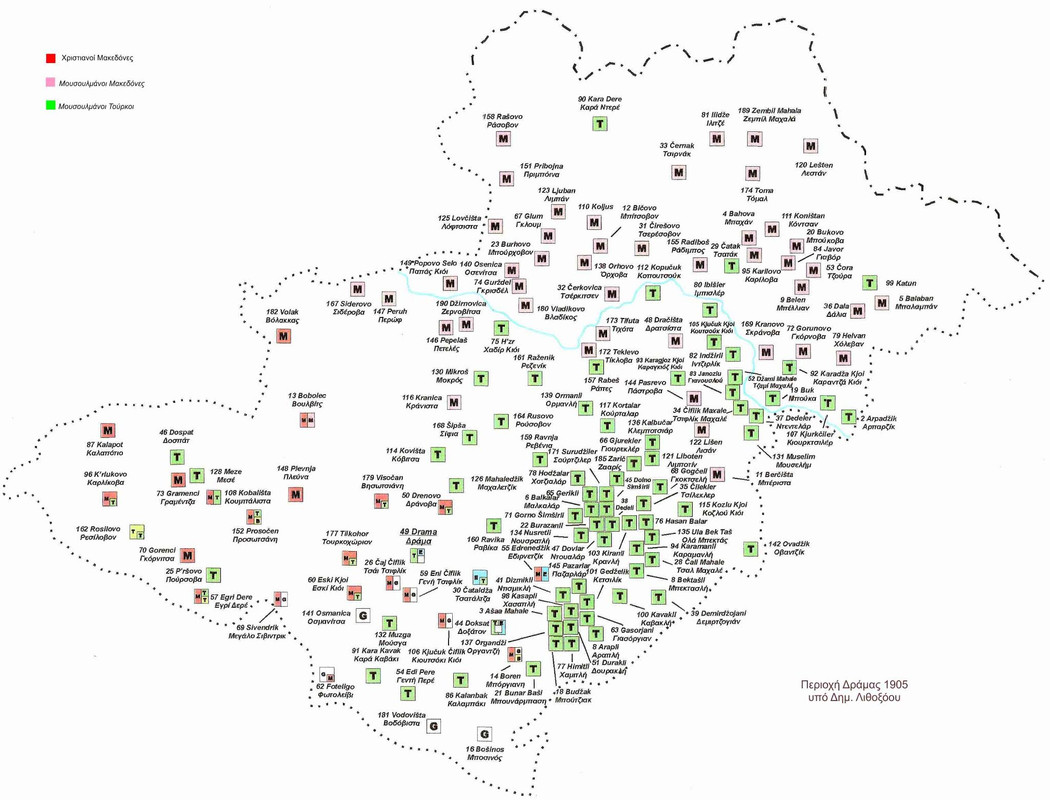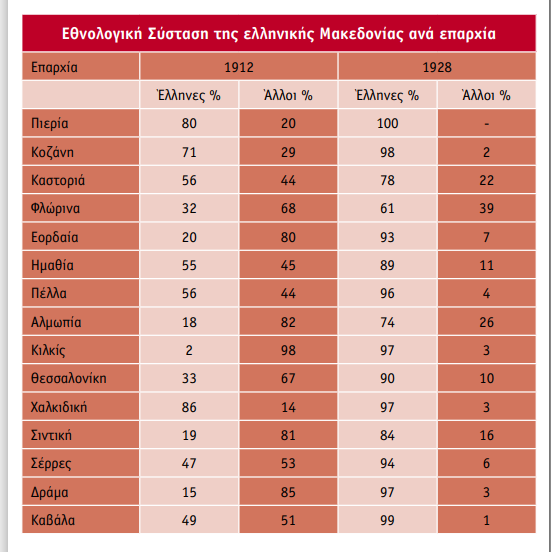Προέλλην έγραψε:Ακρίδης Κατσαριδόπουλος έγραψε:Γενικά ναι,

αν και πολλοί έφυγαν αργότερα με τον εμφύλιο.

Τι πάει να πεί "Σλαβομακεδόνες"; Aυτό μου κάνει για ΕΛ νεολογισμός.
Αυτοπροσδιοριζόταν έτσι αυτοί οι άνθρωποι τότε, ή ως Βούλγαροι, ή ως κάτι άλλο;
Ποτέ δεν αυτοπροσδιορίζονταν ως
Σλαβομακεδόνες . Αυτοπροσδιορίζονταν ως
Βούλγαροι μέχρι τα τέλη του 19ου αι., και έπειτα , όσοι από αυτούς ασπάστηκαν τον
μακεδονισμό , αυτοπροσδιορίζονταν ως
Μακεδόνες.
Τον όρο
Σλαβομακεδόνες τον δημιούργησε ένας Σέρβος .
Στιγμιότυπο οθόνης 2025-04-26 193816.png
( Καργάκος,
Απ' το μακεδονικό ζήτημα στην εμπλοκή των Σκοπίων )
In his first ethnographic map of 1906,
Cvijic presented all Slavs of Serbia and Macedonia merely as "Slavs". In a pamphlet translated and circulated in Europe the same year, he elaborated his ostensibly impartial views and described the Slavs living south of the Babuna and Plačkovica mountains as
"Macedo-Slavs" arguing that the appellation "Bugari" meant simply "peasant" to them
.gif)
, that they had no national consciousness and could become Serbs or Bulgarians in the future. Cvijić thus transformed the political character of the IMRO's appeals to "Macedonians" into an ethnic one. Bulgarian cartographer Anastas Ishirkov countered Cvijić's views, pointing to the involvement of Macedonian Slavs in Bulgarian nationalist uprisings and the Macedonian origins of Bulgarian nationalists before 1878. Although Cvijic's arguments attracted the attention of Great Powers, they did not endorse at the time his view on the Macedo-Slavs.
Cvijić further elaborated the idea that had first appeared in Peucker's map and in his map of 1909 he ingeniously
mapped the Macedonian Slavs as a third group distinct from Bulgarians and Serbians, and part of them "under Greek influence". Envisioning a future agreement with Greece, Cvijic depicted the southern half of the Macedo-Slavs "under Greek unfluence", while leaving the rest to appear as a subset of the Serbo-Croats.Cvijić's view was reproduced without acknowledgement by Alfred Stead, with no effect on British opinion, but, reflecting the reorientation of Serbian aims towards dividing Macedonia with Greece, Cvijić eliminated the Macedo-Slavs from a subsequent edition of his map.However, in 1913, before the conclusion of the Treaty of Bucharest he published his third ethnographic map distinguishing the Macedo-Slavs between Skopje and Salonica from both Bulgarians and Serbo-Croats, on the basis of the transitional character of their dialect per the linguistic researches of Vatroslav Jagić and Aleksandar Belić, and the Serb features of their customs, such as the zadruga. For Cvijić, the Macedo-Slavs were a transitional population, with any sense of nationality they displayed being weak, superficial, externally imposed and temporary. Despite arguing that they should be considered neutral, he postulated their division into Serbs and Bulgarians based on dialectical and cultural features in anticipation of Serbian demands regarding the delimitation of frontiers.
A Balkan committee of experts rejected Cvijić's concept of the Macedo-Slavs in 1914. However, Bulgaria's entry into World War I on the side of the Central Powers in 1915, after the Allies failed to convince Serbia to hand over the ‘Uncontested Zone’ in Macedonia to Bulgaria, precipitated a complete turnaround in the Allies' opinion of Macedonian ethnography, and several British and French maps echoing Cvijić were released within months.Thus, as the Entente approached victory in the First World War, a number other maps and atlases, including those produced by the Allies replicated Cvijić's ideas, especially its depiction of the Macedo-Slavs.
The prevalence of the Yugoslav point of view, obliged Georgios Sotiriades, a professor of History at the University of Athens, to map the Macedo-Slavs as a distinct group in his work of 1918, that mirrored Greek views of the time and was used as an official document to advocate for Greece's positions in the Paris peace conference.After World War I, Cvijić's map became the point of reference for all Balkan ethnographic maps, while his concept of Macedo-Slavs was reproduced in almost all maps, including German maps, that acknowledged a Macedonian nation. https://en.wikipedia.org/wiki/Macedonians_(ethnic_group)Υιοθετήθηκε από όσους δεν θέλουνε να πουν τους "Σκοπιανούς" Μακεδόνες ή Βούλγαρους.
Εμένα σαν όρος μου αρέσει. Όπως και το
Σλαβομακεδονία . Του συγχωρεμένου του Καργάκου πάλι όχι. Γιατί αν υπάρχουν Σλαβομακεδόνες , υπάρχουν και Ελληνομακεδόνες και Τουρκομακεδόνες και Τουρκορουμελιώτες και Τουρκομοραϊτες κ.λπ.
Δεν έχετε τα απαραίτητα δικαιώματα για να δείτε τα συνημμένα αρχεία σε αυτήν τη δημοσίευση.
αν και πολλοί έφυγαν αργότερα με τον εμφύλιο.



.gif) , that they had no national consciousness and could become Serbs or Bulgarians in the future. Cvijić thus transformed the political character of the IMRO's appeals to "Macedonians" into an ethnic one. Bulgarian cartographer Anastas Ishirkov countered Cvijić's views, pointing to the involvement of Macedonian Slavs in Bulgarian nationalist uprisings and the Macedonian origins of Bulgarian nationalists before 1878. Although Cvijic's arguments attracted the attention of Great Powers, they did not endorse at the time his view on the Macedo-Slavs.
, that they had no national consciousness and could become Serbs or Bulgarians in the future. Cvijić thus transformed the political character of the IMRO's appeals to "Macedonians" into an ethnic one. Bulgarian cartographer Anastas Ishirkov countered Cvijić's views, pointing to the involvement of Macedonian Slavs in Bulgarian nationalist uprisings and the Macedonian origins of Bulgarian nationalists before 1878. Although Cvijic's arguments attracted the attention of Great Powers, they did not endorse at the time his view on the Macedo-Slavs.

